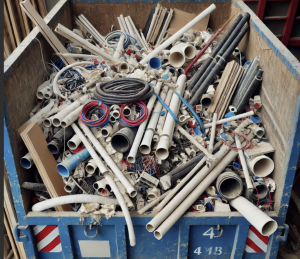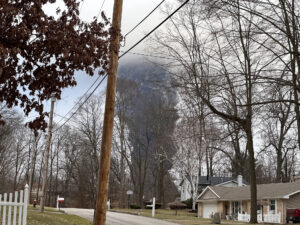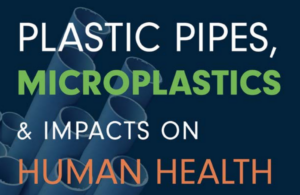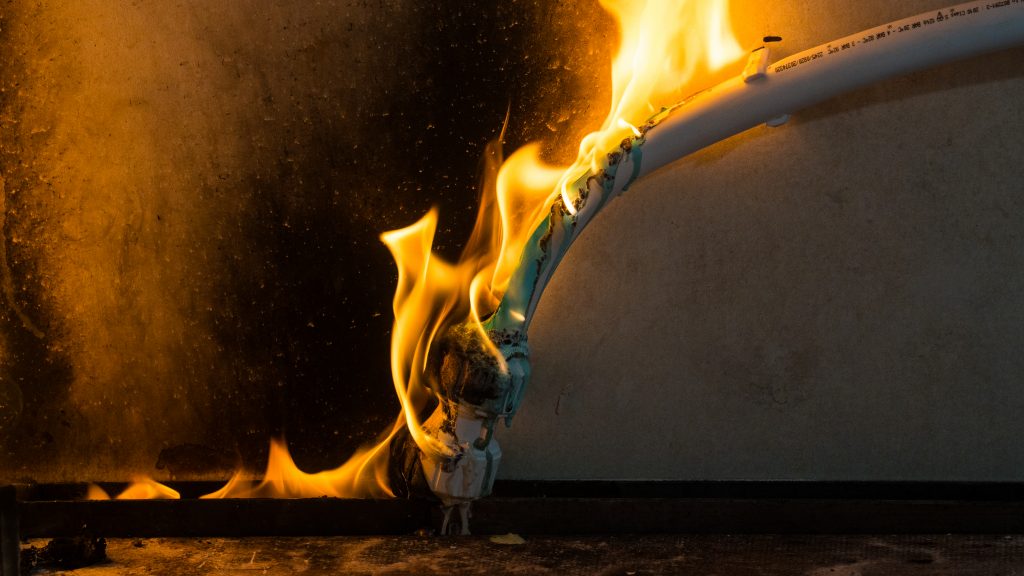News
When Plastic Pipes & Chemical Clash: Risks
Promoted as cost-effective and easy to install, plastic pipes...
Read MoreLeaching of Microplastics & Chemicals from PEX Pipes
PEX and other plastic piping systems leach plastic particles...
Read MoreReport: Sprinkler System Piping
This research-based report gives an overview of system components,...
Read MoreResearch Shows Risks of Plastic Pipes in Fires
Recent fire testing from the Copper Sustainability Partnership (CuSP)...
Read MoreBurning PVC Pipes Emit Toxic Chemicals
Independent testing confirms burning PVC pipes release dangerous levels...
Read MoreArticle Chastises Plastic Pipe Industry for “Blatant Misrepresentation”
A recent article published by Poly Pipe News examines...
Read MoreEPA Targets Toxic Chemical in PVC Pipes
EPA Targets Toxic Chemical in PVC Pipes The U.S....
Read MoreReport: Issues for Plumbing in Plenum Spaces
This report explores issues building professionals must address when...
Read MoreWebinar: Piping in Plenum Spaces
Using research, case examples, & industry data, this webinar...
Read MoreReport: Value Engineering in Plumbing Systems
This report reveals critical factors that architects, engineers, &...
Read MoreWebinar: Value Engineering in Plumbing Systems
Using research, case examples, & industry data, this webinar...
Read MoreVinyl Chloride Haunts East Palestine
One year after a train derailment contaminated the town...
Read MorePlastic Pipes, Microplastics & Impacts on Human Health
Research identifies plastic pipes as a significant source of...
Read MoreHow AEC Design Choices Can Protect Health
Safe Piping Matters recently spoke with Anjanette Green, Senior...
Read MoreRisks to East Palestine Piping from Vinyl Chloride Spill
In February 2023, over 1 million pounds of carcinogenic...
Read MoreFirestopping Pipe Penetrations: Materials, Issues & Recommendations
This report reviews issues related to firestopping assemblies for...
Read More



















